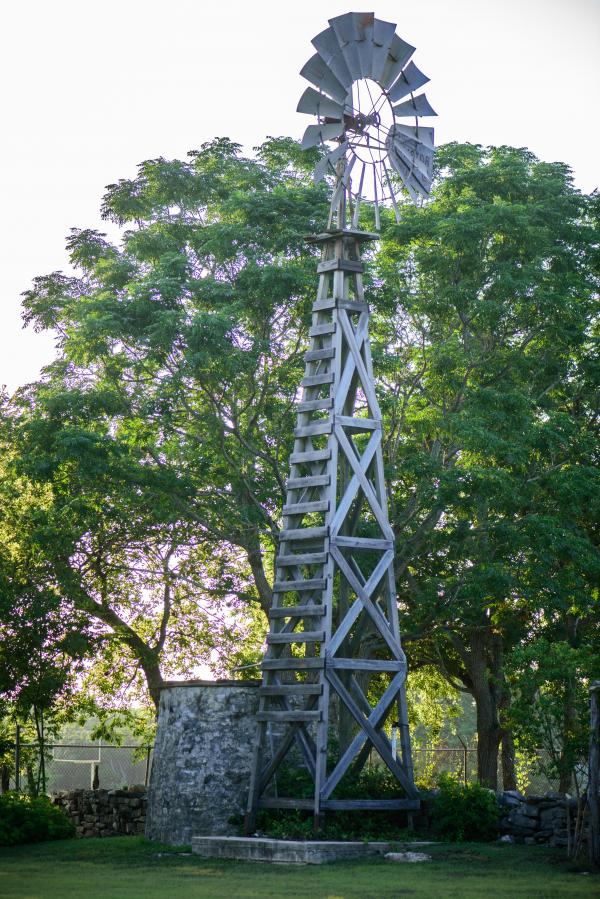Making Dripping Springs Home, A History Part 3
Editor’s Note: This guest column, is one of 12 short column submissions that will be made by the Dr. Pound Farmstead over the next three months. Their intent is to provide a better understanding of the history of Dripping Springs. For a learning worksheet accompanying this column, visit https://drpoundfarmstead.org .
Over time, it became apparent that the trail running along the east fence line of the Pound property was well-traveled by various Native Americans. Did they know this when they decided to build here? Perhaps not, since they built in January and the local tribes were seasonally nomadic, and therefore may not have been in the area in the winter. The Pounds, ever-prepared, built a storeroom with a small cellar for protection from raiders and/or tornadoes. The Tonkawa and Comanche were migratory, but over the years they developed relationships with Dr. Pound. The respected him for his medical knowledge, allowed him to treat them, and shared their own natural cures. Comanche continued raids in the area over the next fifteen years, but always left Dr. Pound’s family alone. One story tells of Comanche stealing all of the horses in Dripping Springs, except for Dr. Pound’s.
There weren’t enough people in the surrounding area to support Dr. Pound as a full-time doctor, so according to tax rolls, he was listed as a farmer/rancher. He raised enough livestock and crops on his 700 acres to supply for his growing family and still had some left over to sell. The Pounds raised seven children and subsisted in this manner for approximately 25 years. As more families settled here and the town started to grow, the first Dripping Springs town plat map was drawn, consisting of 12 blocks, in the late 1870’s. Life was about to change!


